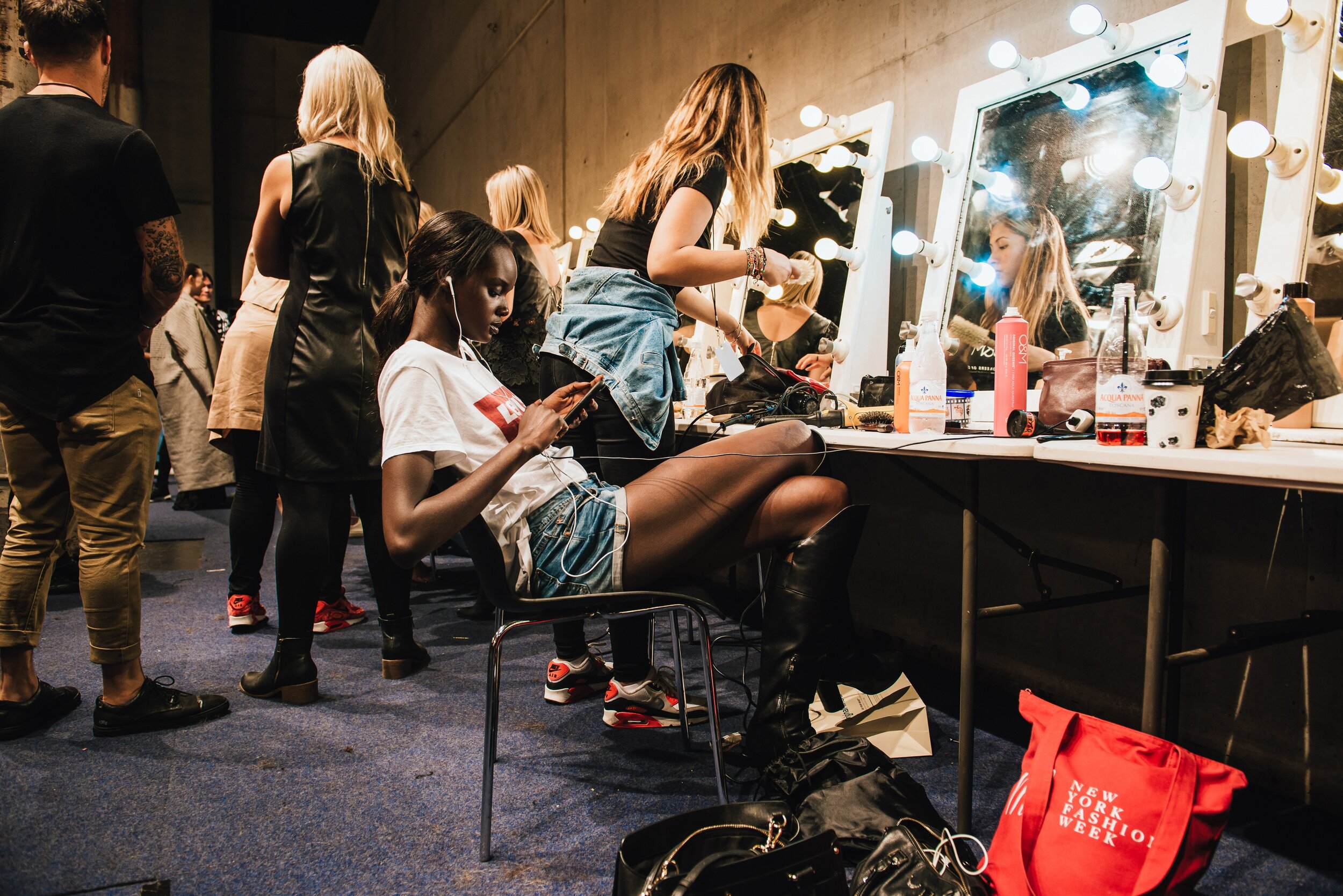Why Black Luxury Brands are Held to a Different Standard
The recent news of Rihanna’s luxury clothing brand, FENTY, stopping all production has sparked a familiar conversation about Black-owned designer brands and their prices. In the aftermath of the murder of George Floyd this past May, and the global Black Lives Matter demonstrations that followed, conversations surrounding the lack of support for Black creatives have arisen in the greater context of systemic racism and the Black experience at large.
Though many people felt compelled to support Black designers in droves, others took to the internet to complain about the price points of many of these Black luxury brands. As FENTY announced its pause in activity, this same commentary arose again, focusing on how expensive the clothing and accessories were and attributing that to the brand’s failure.
Rihanna at the FENTY Launch, via Getty Images
Created in 2019, FENTY was originally a collaboration between Rihanna and LVMH, one of the world’s leading luxury conglomerates. LVMH owns some of fashion’s biggest names, including Louis Vuitton, Christian Dior, Givenchy, and Fendi. While the steep prices of Dior bags and Fendi shoes rarely get questioned by critics and consumers, FENTY received a disproportionate amount of backlash from the very beginning. Considering the price points of these other LVMH houses, FENTY’s prices were on the lower side, if not the lowest.
More often than not, people tend to complain about the high prices of Black-owned luxury labels such as Telfar, Pyer Moss, Mowalola and others. Meanwhile, many of these same people, along with celebrities, can be found glorifying the designs of storied European fashion houses such as Chanel, Dior, and Fendi. While it may not be intentional, it perpetuates the idea that Black luxury is not really luxury. Many Black-owned luxury brands offer far more affordable prices than the average designer label. To expect these designers to lower their prices while still providing luxury products is unrealistic and harmful to their business.
Some argue that because many of these brands are “emerging,” they should start out with lower prices. While this is a seemingly valid point, it is often not the case in the luxury sphere. Richard Quinn, Simon Porte Jacquemus, and Marine Serre all belong to a cohort of talented young designers that graduated from their respective fashion schools around the same time. Also a part of this cohort is Grace Wales Bonner and Christopher John Rogers. The price points that these designers offer are all quite similar and standard for any luxury fashion brand. However, of all of these designers mentioned, only Wales Bonner and Christopher John Rogers, two rising Black designers, have had the value of their designs analyzed and challenged by the general public.
Many of these designers are well-established, but because they have only recently reached the consciousness of the mainstream consumer, less is expected of them. Telfar Clemens founded his eponymous brand in 2005, and has since changed the way we see luxury. Telfar is a unisex brand challenging the framework of high fashion, creating accessible luxury goods as opposed to the exclusivity that the industry has sustained for decades. Despite all this, people have still managed to complain about the affordability of Telfar’s iconic shopping bags, as well as the ready-to-wear designs.
Telfar Fall/Winter 2020, via Getty Images
Not long before FENTY announced its closure, another Black designer revealed that her brand would be closing its doors, as well. Carly Cushnie, the design genius behind the much-loved luxury brand, Cushnie, claimed that the pandemic and its negative effects on retail played a part in the 12-year-old brand’s closure. While the summer of 2020 prompted a huge push to buy Black, those that could afford the high prices of Cushnie, Christopher John Rogers, and Wales Bonner often opted for more conspicuous displays of luxury, such as the Louis Vuitton monogram or Chanel tweed.
Cushnie Fall/Winter 2019, via Getty Images
There are more prominent Black designers and brands in the industry than ever before. Kerby-Jean Raymond, Telfar Clemens, Grace Wales Bonner, and more are changing the face of fashion, while pushing Blackness to the forefront. They make up a small portion of a new wave in fashion. A vanguard, if you will, for Black fashion. Despite the immense talent that these designers have, they lack the same unfaltering support as their non-Black peers. Supporting Black businesses does not always begin and end with a monetary transaction. For many, purchasing directly from a luxury brand is not always feasible. However, there are other ways to show support and to increase the visibility of these brands and designers. Sometimes, support can be as easy as a story post on Instagram or a retweet on Twitter. For Black luxury designers, it can simply mean holding them to the same standards as their non-Black peers.
Written by Simi Iluyomade
Header: Pyer Moss Spring/Summer 2020 via Getty Images













